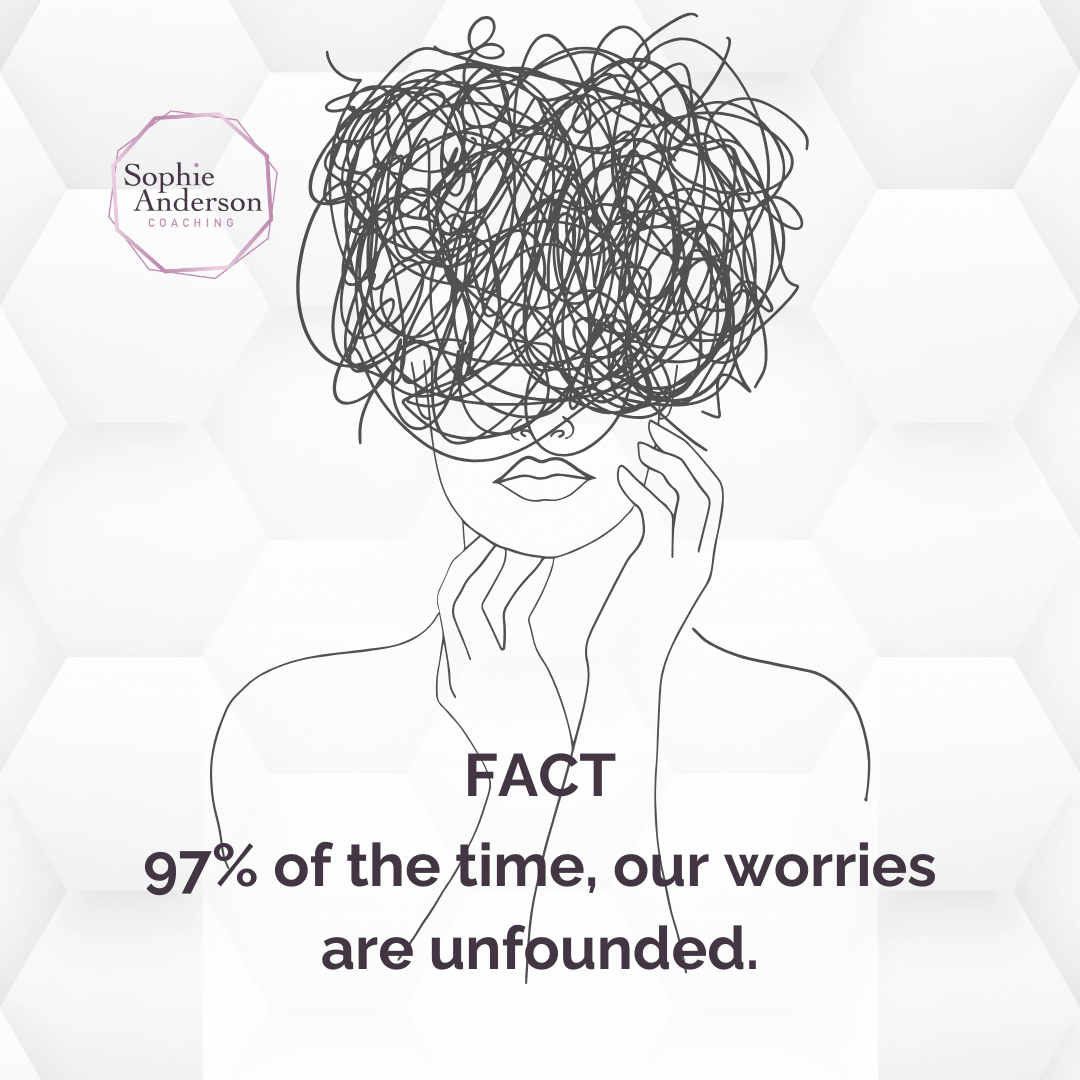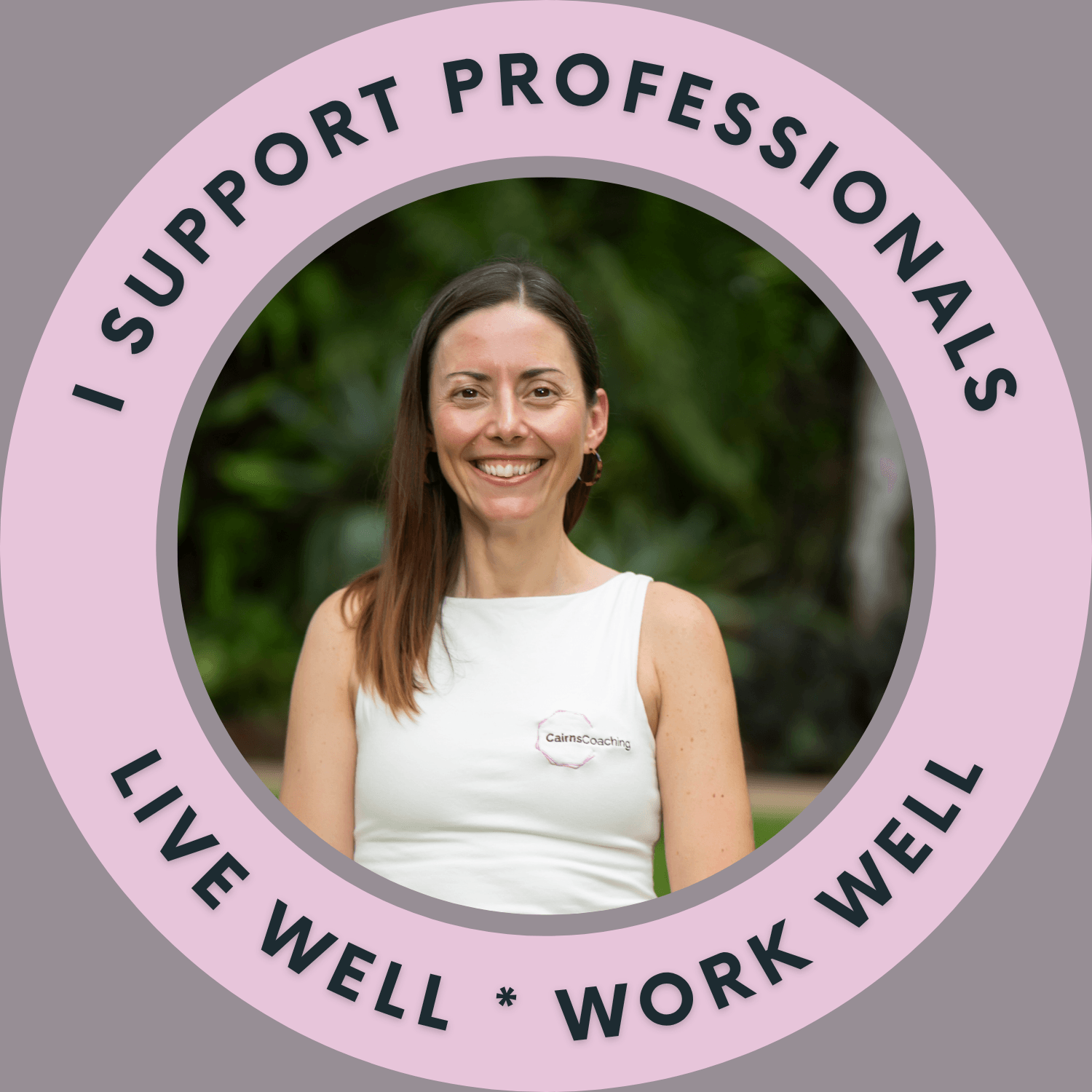How to Protect Your Mental Health at Work: 5 Boundaries to Prevent Burnout
This Hike was not fun
The other morning, I went for a hike on one of my favourite tracks. It’s usually a peaceful walk where I take my time, enjoy the view, clear my mind, and even stop for a brief meditation at the top. But that day, the mosquitoes were out in full force.
Every time I slowed down, I got bitten. So I ended up rushing up the hill, pushing harder than I wanted to, and the whole experience became more about escaping than enjoying.
Halfway up, it hit me. This is exactly what it’s like in the workplace.
"Halfway up, it hit me. This is exactly what it’s like in the workplace. "
How it shows up in the workplace
You love what you do, just like my clients.
They care about their job, their clients, their colleagues. But just like those mosquitoes, there are constant irritations and pressures that make it hard to slow down and enjoy the climb.
The emails, the workload, the unrealistic deadlines, pressure... High performers and people pleasers feel it even more. They want to do well, but they can’t do it at their own pace anymore.
The World Health Organization (WHO) has classified burnout as an “occupational phenomenon” resulting from chronic workplace stress that has not been successfully managed. The stats are in, and, worldwide, it is fast becoming the newest epidemic - over 75% of professionals worldwide experience burnout at some point in their careers.
So how do we protect ourselves from those workplace “mosquitoes”?

It's not that simple
In hiking, I can put on insect repellent or choose a different track. In the business world, it’s not always that simple. Sure, you can move to another organisation, but patterns often follow us if we don’t address them.
The real solution is boundaries. They’re like insect repellent for your mental health.
Here are five boundaries that can protect your wellbeing and help prevent burnout.
1. Boundaries with Yourself
The first boundaries to look at are the ones you set with yourself.
Do you check your emails at night? Catch up on work over the weekend? Say yes when you actually need a break? How good are you at keeping your promises to yourself?
How you treat your own time teaches others how to treat it too. If you’re always available, people will always expect you to be.
Set a cut-off time for emails and work messages. When work is done, it’s done.
Protect your downtime as seriously as you protect your deadlines. Rest is not a reward. It’s maintenance.
2. Boundaries with your mental chatter
The second type of boundary is with your own thoughts.
Worry is one of the biggest energy drainers, and most of it is completely unnecessary. Research shows that around 85% of the things we worry about never happen. Of the 15% that do, most people handle them better than their worry predicted. Some have shown that 97% of the time when we worry, it was complete waste of time and energy. We suffer more in imagination than in reality.
Mark Twain famously said "My life has been full of terrible misfortunes, most of which never happened."
One simple CBT technique is to schedule “worry time.” Pick a short time each day where you’re allowed to think about your worries. If one pops up outside of that time, tell yourself, “Not now. You’ll get your turn later.”
It is simple, and it teaches your brain that you are in charge, not your anxiety.

3. Boundaries with your time
Doing more is not the same as doing well.
Multitasking might feel productive, but it actually drains focus and increases stress. Our brain isn’t built to handle several cognitive tasks at once, so we end up "task-switching" between them, which is exhausting. Research from the American Psychological Association found that switching between tasks can reduce productivity by up to 40%, so multitasking actually slows us down rather than speeding us up.
Instead, get clear on your priorities. You can use something like the Eisenhower Matrix to separate what’s urgent from what’s important. Ask me if you'd like a copy of the worksheet.
Each morning, write down your top three priorities. Just three, and in order. If everything feels urgent, ask yourself powerful questions like “What will actually move the needle today?” “what will happen if I do this tomorrow?” “Who else can do this?”
Protect your focus like your energy depends on it, because it does.
4. Boundaries with others
This one is big.
People can’t respect boundaries they don’t know about.
Sometimes managers assume you’re fine because you’ve always delivered, even when you were drowning. But they can’t see your workload unless you communicate it. Many high achievers surprise their team when they burn out – they didn’t say anything about their struggles.
Be open and clear. Say things like:
“I can do this, but it means pushing back another task. Which one should I prioritise?”
“I’d love to help, but I need to check where this fits in with my current workload.”
That’s not being difficult. That’s self-leadership. You’re not saying no, you’re managing expectations and making sure you’re doing your best work sustainably.
Boundaries aren’t rejection. They’re a conversation.
Boundaries aren’t rejection. They’re a conversation.
5. Boundaries with your stress
The early signs of burnout don’t always show up as exhaustion. They often start in the body.
You might notice tension in your neck and shoulders, migraines, feeling short of breath, or a sense of drowning. You might feel scattered or foggy, unable to focus like you used to.
Research from the American Institute of Stress shows that a large proportion of medical visits involve conditions influenced by stress, burnout, or psychosocial factors.
They found that between 75 and 90% of medical consultations have no clear physical cause.
That means the body is often expressing what the mind has been carrying.
Reports from bodies like the Royal Australian College of General Practitioners (RACGP) show that mental health issues are the number one reason for primary care visits, with stress being a key component of many mental health conditions.
When your nervous system is stuck in fight or flight, your prefrontal cortex - the part of your brain that helps you think clearly and make decisions - goes offline.
The good news is that you can retrain your body to relax. Here are a few evidence-based ways to do it:
Mindfulness: pause and drop into your five senses
Breathing techniques like box breathing
Movement - even a short walk helps
Good sleep hygiene
Meditation or progressive body relaxation throughout the day
You can’t think your way out of stress. You have to pause and deliberately feel your way back to calm.
You can’t think your way out of stress. You have to pause and deliberately feel your way back to calm.
The hiking lesson
That day on the "Red Arrow" track, I learned that the mosquitoes won’t go away.
But I can choose how I protect myself. I can go somewhere else, or I can put boundaries in place so they don't affect me.
Boundaries are your insect repellent for the workplace. They don’t remove the challenges, but they let you enjoy the climb again, and at your own pace.
If you’re noticing early signs of burnout like tension, brain fog, emotional exhaustion, don't wait until it gets worst. It’s time to pause and reset your boundaries. You don’t necessarily need to quit your job or change everything overnight.
When you take care of yourself, you don’t just survive work. You actually enjoy it again.
And if this is hard for you, it’s my expertise to help you find how you can get started with boundaries.

You’ve got this!
You don’t have to let the mosquitoes win.
Start with one small boundary today — maybe it’s turning off notifications after work, saying no to a task that doesn’t align, or taking five quiet minutes before you dive into your day.
Let that small act ripple.
Let your nervous system settle.
Let your energy and clarity return.
Boundaries aren’t selfish — they’re self-leadership. They’re how you protect your joy, your health, and your ability to keep doing what you love without losing yourself in it.
You are not invisible. You are deeply worthy.
And you’ve got this.

Sources & References
Australian Institute of Health and Welfare (AIHW): Australia’s mental health system overview (2024)
Australian Bureau of Statistics: National Study of Mental Health and Wellbeing, 2020–2022
World Health Organization (WHO): Burn-out an “occupational phenomenon” (ICD-11)
Royal Australian College of General Practitioners (RACGP) Mental health the top reason for GP visits in Australia: RACGP Health of the Nation
Robert L. Leahy: The Worry Cure: Seven Steps to Stop Worry from Stopping You
Harvard Health Publishing: Mindfulness meditation may ease anxiety and mental stress
Davidson & Kabat-Zinn (2003): Alterations in brain and immune function produced by mindfulness meditation

About the Author

Hi! I’m Sophie, and I’m so glad you’re here.
I help people prevent burnout and rebuild sustainable energy, habits, and mindset - one small, practical change at a time.
You have the power to improve your life and to be happy, healthy and productive in both work and life.
I’m here to help you do exactly that.

Other Recent Articles - All Categories
✨ Because thriving people create thriving workplaces and communities ✨
Every edition delivers:
• Quick mindset shifts + wellbeing practices you can use today.
• Insights and tools leaders and HR managers can bring into the workplace.
• A ripple effect: healthier, happier professionals → stronger teams → better results all around.
📩 Sign up to my inspiring and helpful newsletter.
I work with integrity and respect your privacy. Your details are safe with me. You can unsubscribe to this mailing list anytime... but you won't want to!

I respectfully acknowledge the Traditional Owners of the land on which I coach, collaborate and grow, the Gimuy Walubara Yidinji and Yirrganydji Peoples. I acknowledge and pay respect to Aboriginal and Torres Strait Islander Peoples as the world’s oldest living culture and embrace their continued connection to land, waters and community. I pay my deepest respect to all Aboriginal and Torres Strait Islander Elders past and present.
I also recognise, value and celebrate diversity and act in the spirit of inclusion.




